I have a table with following structure
CREATE TABLE Source
(
[ID1] INT,
[ID2] INT
);
INSERT INTO Source ([ID1], [ID2])
VALUES (1, 2), (2, 3), (4, 5),
(2, 5), (6, 7)
Example of Source and Result tables:
Source table basically stores which id is matching which another id. From the diagram it can be seen that 1, 2, 3, 4, 5 are identical. And 6, 7 are identical. I need a SQL query to get a Result table with all matches between ids.
I found this item on the site - Recursive query in SQL Server similar to my task, but with a different result.
I tried to edit the code for my task, but it does not work. "The statement terminated. The maximum recursion 100 has been exhausted before statement completion."
;WITH CTE
AS
(
SELECT DISTINCT
M1.ID1,
M1.ID1 as ID2
FROM Source M1
LEFT JOIN Source M2
ON M1.ID1 = M2.ID2
WHERE M2.ID2 IS NULL
UNION ALL
SELECT
C.ID2,
M.ID1
FROM CTE C
JOIN Source M
ON C.ID1 = M.ID1
)
SELECT * FROM CTE ORDER BY ID1
Thanks a lot for the help!
